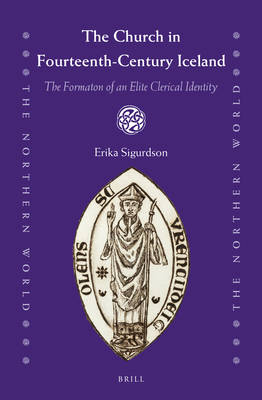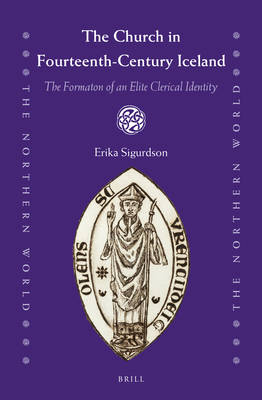
- Afhalen na 1 uur in een winkel met voorraad
- Gratis thuislevering in België vanaf € 30
- Ruim aanbod met 7 miljoen producten
- Afhalen na 1 uur in een winkel met voorraad
- Gratis thuislevering in België vanaf € 30
- Ruim aanbod met 7 miljoen producten
Zoeken
The Church in Fourteenth-Century Iceland
The Formation of an Elite Clerical Identity
Erika Sigurdson
€ 204,95
+ 409 punten
Omschrijving
In The Church in Fourteenth-Century Iceland, Erika Sigurdson provides a history of the fourteenth-century Icelandic Church with a focus on the the social status of elite clerics following the introduction of benefices to Iceland. In this period, the elite clergy developed a shared identity based in part on universal clerical values, but also on a shared sense of interdependence, personal networks and connections within the framework of the Church.
The Church in Fourteenth-Century Iceland examines the development of this social group through an analysis of bishops' sagas, annals, and documents. In the process, it chronicles major developments in the Icelandic Church after the reforms of the late thirteenth century, including its emphasis on property and land ownership, and the growth of ecclesiastical bureaucracy.
The Church in Fourteenth-Century Iceland examines the development of this social group through an analysis of bishops' sagas, annals, and documents. In the process, it chronicles major developments in the Icelandic Church after the reforms of the late thirteenth century, including its emphasis on property and land ownership, and the growth of ecclesiastical bureaucracy.
Specificaties
Betrokkenen
- Auteur(s):
- Uitgeverij:
Inhoud
- Aantal bladzijden:
- 218
- Taal:
- Engels
- Reeks:
- Reeksnummer:
- nr. 72
Eigenschappen
- Productcode (EAN):
- 9789004301177
- Verschijningsdatum:
- 22/06/2016
- Uitvoering:
- Hardcover
- Formaat:
- Genaaid
- Afmetingen:
- 157 mm x 236 mm
- Gewicht:
- 385 g

Alleen bij Standaard Boekhandel
+ 409 punten op je klantenkaart van Standaard Boekhandel
Beoordelingen
We publiceren alleen reviews die voldoen aan de voorwaarden voor reviews. Bekijk onze voorwaarden voor reviews.








